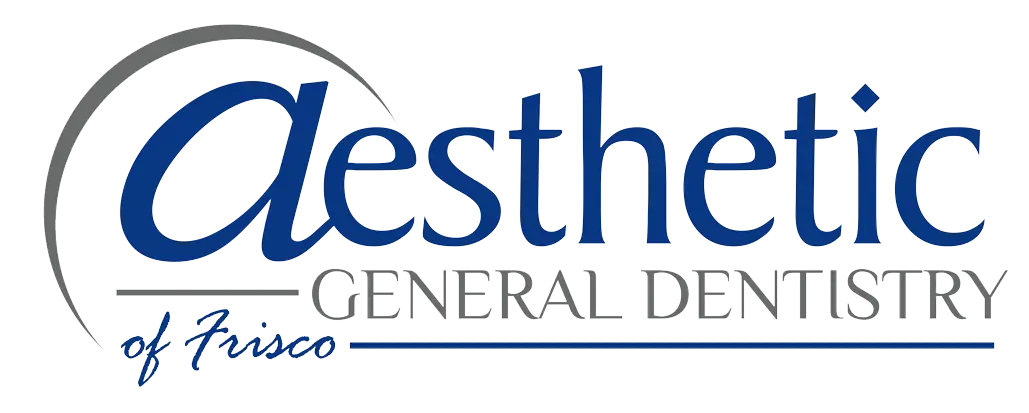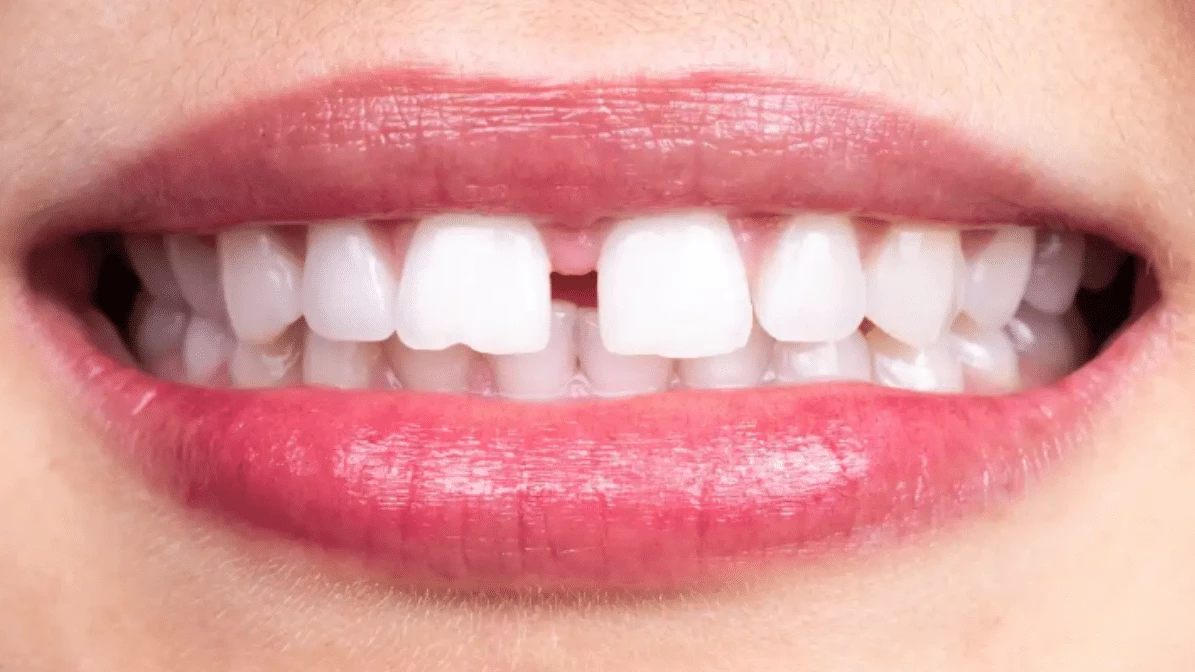Today, let’s talk about something that might be on your mind: closing teeth gaps. We’re diving into a fascinating topic that blends the artistry of dentistry with the beauty of natural solutions.
When it comes to closing those gaps between your teeth, we believe in embracing methods that not only enhance your smile but also respect the natural structure of your teeth. From minor spaces to more noticeable gaps, there are several options available, each tailored to your unique needs and preferences.
In this journey, we’ll explore how modern dentistry seamlessly integrates natural solutions, ensuring that your smile not only looks fantastic but also feels authentic and true to you. So, sit back, relax, and let’s delve into the world of closing teeth gaps with confidence and care.
Can natural methods effectively close teeth gaps without the need for invasive procedures?
Some natural remedies can fill dental gaps without surgery. Dental bonding uses a tooth-colored composite resin to fill the gap and match the surrounding teeth without surgery. Dental bonding can fill minor to significant gaps in one office visit without drilling or anesthesia.
Custom porcelain veneers cover teeth’s front surfaces of teeth and are natural. Veneers can close gaps and correct discoloration, misalignment, and uneven tooth size without surgery, giving patients a beautiful smile.
These treatments can be used with braces or clear aligners to correct tooth gaps non-invasively. Braces straighten teeth with brackets and wires, but transparent aligners are more discreet and comfortable for mild to moderate misalignment. These natural methods let dentists straighten and fill gaps while protecting teeth. This non-invasive approach lets patients smile without invasive treatments, enhancing oral health and cosmetics.
What are some expected natural remedies or treatments recommended by dentists for closing teeth gaps?
Dentists may recommend several natural remedies or treatments for closing teeth gaps, depending on the severity of the gap and the patient’s needs. Some of these treatments include:
- Dental Bonding: Dental bonding involves applying a tooth-colored composite resin to the gap and shaping it to blend seamlessly with the surrounding teeth. This non-invasive procedure can close minor to moderate gaps and be completed in a single office visit.
- Porcelain Veneers: Porcelain veneers are thin shells of dental porcelain custom-made to cover the front surface of teeth. They can effectively close more significant gaps and correct cosmetic imperfections such as discoloration, misalignment, and uneven tooth size.
- Orthodontic Treatment: Orthodontic options such as braces or clear aligners may be recommended to close teeth gaps and achieve optimal alignment. Braces gradually move teeth into proper positions using brackets and wires, while clear aligners offer a more discreet and comfortable alternative for mild to moderate misalignment issues.
- Space Maintainers: In some cases, particularly in children with missing teeth, dentists may recommend space maintainers to prevent adjacent teeth from shifting into the gap and causing further alignment issues.
- Removable Dental Appliances: Removable dental appliances such as retainers or dental flippers may also be used to close teeth gaps and maintain alignment, particularly in cases where braces or clear aligners are unsuitable.
These natural therapies and treatments allow dentists to repair gaps and straighten teeth while preserving their health. This method helps patients accomplish their smiling goals without intrusive treatments, improving dental health and aesthetics.
Are there any risks or limitations associated with opting for natural solutions over traditional dental interventions?
While natural solutions for closing teeth gaps offer many benefits, there are also some risks and limitations to consider compared to traditional dental interventions:
- Limited Effectiveness: Natural solutions such as dental bonding and porcelain veneers may be limited in their ability to address more severe cases of tooth gaps or misalignment. In some instances, orthodontic treatment with braces or clear aligners may be necessary to achieve optimal results, particularly for complex cases.
- Durability: While dental bonding and porcelain veneers can provide aesthetically pleasing results, they may not be as durable as traditional dental interventions such as dental bridges or implants. Bonding material can chip or wear down over time, and veneers may need to be replaced every 10-15 years on average, depending on individual factors such as oral hygiene and habits.
- Maintenance: Natural solutions may require ongoing maintenance to ensure long-term success. Patients may need to avoid certain foods and habits that could compromise the integrity of dental bonding or porcelain veneers, and regular dental check-ups are essential to monitor their condition and address any issues promptly.
- Cost: Natural solutions can be more cost-effective than traditional dental interventions such as dental bridges or implants, but they still involve upfront costs for materials and procedures. Patients should consider their budget and long-term financial considerations when choosing the most suitable treatment option.
- Treatment Time: Natural remedies may take many appointments and treatments depending on the case’s intricacy. Depending on the severity of the misalignment, orthodontic treatment with braces or clear aligners might take months to years.
Natural dental gap fillings have many benefits, but patients should discuss their goals, concerns, and treatment options with their dentist to discover the best fit. Best outcomes are achieved when dentists personalize recommendations to each patient’s gap severity, oral health, finances, and lifestyle.
How do natural approaches compare cost and longevity with conventional methods like braces or dental implants for closing teeth gaps?
When comparing natural approaches such as dental bonding or porcelain veneers with conventional methods like braces or dental implants for closing teeth gaps, several factors should be considered, including cost and longevity:
- Cost: Natural solutions like dental bonding and porcelain veneers are cheaper upfront than orthodontics or dental implants. Cheaper materials and techniques make dental bonding and veneers more affordable for budget-conscious patients. Due to their complexity and materials, traditional procedures like orthodontics or dental implants may cost more upfront.
- Longevity: Braces and dental implants endure longer than natural methods for closing gaps. Braces gently realign teeth and give enduring results with appropriate retention. Dental implants can replace teeth forever if maintained. Natural treatments like dental bonding and porcelain veneers may need upkeep. Dental bonding can chip or wear down. Therefore, veneers may need to be replaced every 10-15 years, depending on oral care and lifestyle.
While natural solutions may be cheaper upfront, braces or dental implants frequently last longer and close teeth gaps permanently. Patients should discuss the pros and drawbacks of each option with their dentist to choose the best treatment for their needs, budget, and long-term goals.
Let’s Fix Your Smile Today!
Aesthetic General Dentistry of Frisco provides customized natural tooth gap closure treatments. Our dental bonding and porcelain veneer experts create a stunning smile with non-invasive procedures that fit with your natural teeth.
We personalize our approach to each patient’s needs and goals for attractive, long-lasting results. We improve your smile and confidence with thorough care for tiny or significant gaps.
Trust our expertise to produce natural-looking smile makeovers that exceed expectations. Book your consultation today!

